Denoising Method for Partial Discharge Signal of Switchgear Based on Continuous Adaptive Wavelet Threshold
2022-08-30ZhuoWangXiangZhengandTiantianLiang
Zhuo Wang, Xiang Zheng and Tiantian Liang
(School of Automation and Electrical Engineering, Dalian Jiaotong University, Dalian 116000, Liaoning, China)
Abstract: Partial discharge (PD) is an important reason for the insulation failure of the switchgear. In the process of PD detection, PD signal is often annihilated in strong noise. In order to improve the accuracy of PD detection in power plant switchgear, a method based on continuous adaptive wavelet threshold switchgear PD signals denoising is proposed in this paper. By constructing a continuous adaptive threshold function and introducing adjustment parameters, the problems of over-processing of traditional hard threshold functions and incomplete denoising of soft threshold functions can be improved. The analysis results of simulated signals and measured signals show that the continuous adaptive wavelet threshold denoising method is significantly better than the traditional denoising method for the PD signal. The proposed method in this paper retains the characteristics of the original signal. Compared with the traditional denoising methods, after denoising the simulated signals, the signal-to-noise ratio (SNR) is increased by more than 30%, and the root-mean-square error (RMSE) is reduced by more than 30%. After denoising the real signal, the noise suppression ratio (NRR) is increased by more than 40%. The recognition accuracy rate of PD signal has also been improved to a certain extent, which proves that the method has a certain practicability.
Keywords: switchgear; partial discharge; wavelet threshold function; denoising
0 Introduction
The switchgear is a very crucial control device in the power plant, and its working state has a great influence on the power plant. According to long-term work experience, insulation failure is a crucial factor leading to internal operation problems of the switchgear[1-2]. The partial discharge of the switchgear is a crucial factor that leads to internal insulation failures in the switchgear[3-6]. Therefore, the analysis of PD fault signals in the switchgear is extremely crucial for the normal operation of the entire power plant. However, the working environment of the power plant is extremely complicated. There is noise interference of the equipment such as GIS, transformers and air compressors, and noise energy is high. The PD fault signal of the switchgear is extremely weak, often annihilated in the strong interference noise of the surrounding equipment of the power plant, affecting the results of the power plant switchgear PD fault signal detection. Therefore, extracting accurate switchgear PD signal is critical to improving the accuracy of detection results[7-9].
In the denoising methods of the PD signal, the wavelet threshold denoising algorithm is most commonly used[10-14]. In several common wavelet threshold denoising algorithms, Donoho[15]proposed that soft threshold and hard threshold noise functions are the most commonly used denoising functions, but there is a certain limitation, so many scholars have improved the threshold function on this basis. Ref. [16] proposed a new threshold function between hard and soft threshold functions, but the processing of high frequency signals will excessively denoise. Ref. [17] proposes a combined wavelet denoising algorithm based on genetic adaptive soft threshold, and the threshold is adaptively optimally selected by genetic algorithm, but the threshold function is not improved. Ref. [18] proposes a threshold function denoising algorithm with parameters, but the appropriate solution is not given for the selection of the parameters. This paper proposes a continuous adaptive threshold function, which can adaptively select parameters and adjust the threshold function according to the PD signal. This paper conducts denoising experiments on PD simulated signals and measured signals, and at the same time uses probabilistic neural networks (PNN) to perform pattern recognition on the denoised PD signals. The results show that the continuous adaptive threshold denoising method overcomes the traditional threshold noise reduction insufficiently, and has a good denoising effect on PD fault signals. It can better remove the interference of partial discharge noise in engineering.
1 Basic Algorithm Theory
1.1 Principle of Wavelet Transform
Wavelet transform is a signal processing tool that has gradually matured since the 1980s. It has dual analysis capabilities for time and frequency, and has multi-resolution characteristics. Compared with the Fourier transform, the wavelet transform inherits and develops the localization idea of the Fourier transform. At the same time, it provides a time-frequency window that can vary with frequency. Therefore, the wavelet transform can better process signals with transient mutation characteristics, and can efficiently analyze the local characteristics of the signal in the time domain and frequency domain. At present, wavelet transform is used in many fields such as signal processing and image processing[19-21].
The definition of wavelet transform is to translate a basic wavelet functionψ(t), and do the inner product with the signalx(t) under the action of the scale function, namely:
(1)
whereais the scale factor, which is positive,τis the displacement factor, which can be positive or negative, and * is the conjugate.aandτin the formula are two continuous transform functions.ψ(t) is the wavelet function, which is also called the mother wavelet. Eq.(1) is expressed in the equivalent frequency domain, and Eq.(2) can be obtained:
(2)
whereX(ω) andψ(aω) are obtained by Fourier transform ofx(t) andψ(aτ), respectively. The continuous wavelet reconstruction function is expressed as Eq.(3):
(3)
If the parametersaandτin Eq.(3) are taken as discrete values:
(4)
the discrete wavelet transform can be obtained, and the formula for solving the discretized wavelet transform coefficients is as follows:
(5)
The function of discrete wavelet reconstruction is as follows:
(6)
Wavelet transform can be regarded as a kind of band-pass filter. The center frequency of the filter is related to the scalefactora, and the smaller the value of the scale factor, the smaller the observation range in the time domain, but the higher the frequency resolution in the frequency domain. On the contrary, the larger the value of the scale factor, the larger the observation range in the time domain, but the lower the frequency resolution in the frequency domain. Wavelet transform has the characteristics of multi-scale, and the frequency resolution can be analyzed gradually from low to high. Commonly used mother wavelets include Db wavelet, Sym wavelet and Coif wavelet.
The calculation process of wavelet transform mainly includes the following 5 steps:
1) Determine the wavelet base function and a scale factor to compare it with the initial segment signal.
2) The formula of the wavelet transform is calculated to calculate the wavelet coefficient that the wavelet coefficient can reflect the similarity of the wavelet base function under the current scale factor and the corresponding initial signal segment.
3) Move the wavelet along the time axis by changing the translation factor. Repeat the above steps to complete an analysis.
4) Increase the scale factor, repeat the above 3 steps for the second analysis.
5) The four steps are circulated until the analysis requirements are met.
1.2 Principle of Wavelet Threshold Denoising
In actual testing, the PD signal of the switchgear is often polluted by white noise. White noise is one of the main interferences in PD monitoring, with strong randomness and irregularity. Generally speaking, white noise is quite different from PD signal. The smoothness of PD signal is higher and the singularity is lower, but the singularity of white noise is higher. In order to eliminate the interference of white noise, the wavelet coefficients of the noise-stained signal need to be processed. The signal observation model measured by the actual sensor can be expressed as
f(t)=s(t)+w(t)
(7)
wheref(x) is the real PD signal with white noise,s(x) is the PD signal without noise,w(t) is the white noise interference signal with a mean value of 0 and a standard deviation ofδ. The commonly used method to eliminate the influence of white noise is the wavelet threshold method. This method was proposed by Donoho[15]. It has the advantages of small calculation amount and easy implementation. It is widely used to remove white noise interference. The basic principle of wavelet threshold to remove PD signal white noise is as follows: after the measured PD signal is wavelet transformed, according to the different properties of the wavelet coefficients of the white noise and the wavelet coefficients of the PD signal, the threshold and the threshold function can be used to process the measured PD signal. The processed wavelet coefficients are reconstructed by wavelet to obtain the reconstructed signal to achieve the purpose of removing white noise. The expression of the classical thresholdλsqtis
(8)
whereδEis the estimated value ofδ, andNis the number of wavelet coefficients. Next, check whether the wavelet coefficientF[m] of the observed signal is smaller thanλsqt.IfF[m]<λsqt, set it to zero. Otherwise, keep it as the estimated value of the wavelet coefficient of the PD signal. Finally, the processed wavelet coefficients are inversely transformed to obtain the PD signal after the white noise is removed. This method is implemented by the hard threshold functionwh.The hard threshold function adopts the strategy of "eliminating" or "retaining" the wavelet coefficients, and the function expression is
(9)
wherewhis the estimated wavelet coefficient. In addition, Donoho[15]also constructed another threshold function, soft threshold function. The expression ofwsis
(10)
Compared with the hard threshold function adopting the "elimination" or "retention" strategy, the soft threshold function adopts the "shrinkage" or "retention" strategy. These two are the most common threshold functions. It can be seen that the main points of the threshold denoising method based on wavelet transform are the wavelet basis function and the threshold function. In fact, based on these two points, many scholars have improved the denoising method. The main methods include wavelet basis function selection, threshold selection and threshold function construction.
The function graphs of the hard threshold function and the soft threshold function are shown in Fig.1. From Fig.1, it can be seen that the hard threshold function zeroes the points whose absolute amplitude is not greater than the threshold, and retains the points whose absolute amplitude is greater than the threshold. However, the hard threshold function has discontinuities at the positive and negative thresholds, and the reconstructed signal will oscillate and blur. The soft threshold function is continuous at the threshold, but the whole is contracted, and the reconstructed signal has a constant deviation from the original signal.
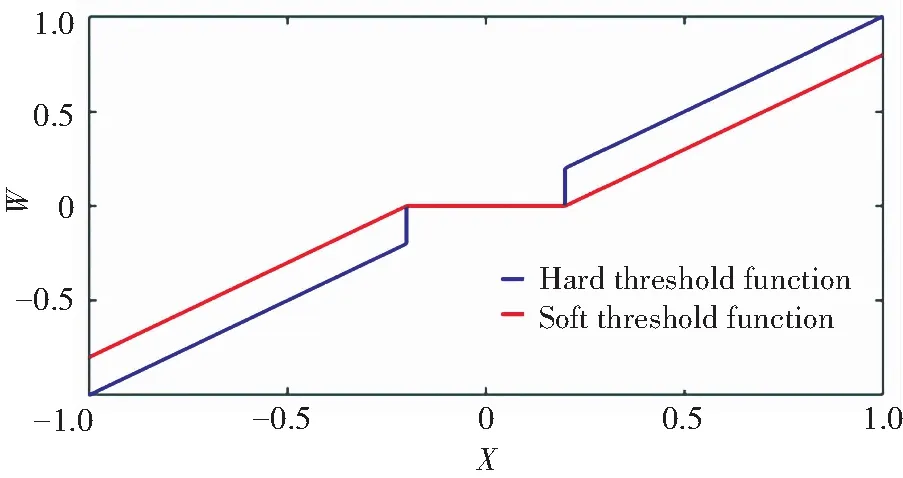
Fig.1 Image of hard and soft functions
1.3 Probabilistic Neural Network
Probabilistic Neural Network (PNN) is a kind of calculation method developed based on Bayesian minimum risk criterion. It can calculate the nonlinear discriminant boundary of the Bayesian optimal discriminant surface. Different from the back propagation algorithm used in traditional neural networks, PNN is a forward propagation algorithm based on statistics, which has better pattern classification performance, excellent fault tolerance and strong classification ability. It compares the samples to be recognized with the pattern samples in the sample library one by one. The more the pattern matching samples, the better the recognition effect, so it can meet the requirements of real-time processing in training[22-23]. The formula is as follows:
(11)
whereNis the total number of training samples,xis the vector of random variables,xiis the training vector, andσis the smoothing parameter.
The PNN structure is shown in Fig.2.

Fig.2 PNN structure diagram
Input layer: The input layer calculates the Euclidean distance between the input vector and all training sample vectors. In this paper, the PD signal features are extracted and input to the input layer. The number of neurons is the dimension of the feature vector.
Pattern layer: The pattern layer includes all training samples. The number of neurons is equal to the number of known pattern matching samples. The more the number of known pattern matching samples, the more accurate the recognition result.
Summation layer: The summation layer aggregates and averages the output information of all neurons belonging to the same category, and classifies the sampleXaccording to the Bayesian decision rule:
(12)
Z(X)=arg max[Qi(X)]
(13)
whereZ(X) is the final classification of sampleX, which is output by the output layer.
Output layer: The output layer has only one neuron. This layer outputs the type with the highest probability as 1, and the rest are 0.
2 Continuous Adaptive Wavelet Threshold Denoising
For the wavelet threshold denoising method, when the threshold function is continuous and differentiable in the wavelet domain, there is a better denoising effect. Considering the above characteristics, this paper constructs a continuous adaptive wavelet threshold function, whose formula is as follows:
(14)
wherewx,kis the wavelet coefficient after the threshold function is applied,λis the threshold of the function, andkis the adjustment parameter of the continuous adaptive threshold function.
2.1 Proof of Continuity and Differentiability of Continuous Adaptive Wavelet Threshold Function
In this paper, the continuous adaptive wavelet threshold function is proposed to improve the denoising effect, and the proof of the continuity and derivability of the threshold function is as follows:
Whenx=λ
(15)
Whenx=-λ
(16)
According to Eqs.(15) and (16), the proposed threshold function is continuous at both positive and negative thresholds.
The continuity of the first derivative is proved as follows:
Whenx=λ
(17)
Whenx=-λ
(18)
According to Eqs.(17) and (18), the first-order derivative of this function is continuous at the positive and negative thresholds. Therefore, the derivative of the function at the positive and negative thresholds is continuous, and the threshold function is a continuous and derivable threshold function, which meets the requirements of the threshold function.
2.2 Characteristics of Continuous Adaptive Wavelet Threshold Function
There is an adjustment parameterkin the continuous adaptive threshold function formula proposed in this paper. The value ofkwill not affect the continuity and derivability of the function, but will only change the trend of the threshold function. Fig.3 is an image of the change trend of the threshold function whenkselects different values.
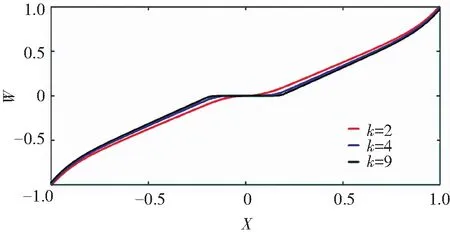
Fig.3 Image of continuous adaptive threshold function when k=2,4,9
The continuous adaptive threshold function is continuous and derivable in the wavelet domain, and the parameter of the threshold function can be changed by adjusting the adjustment parameterk.There is a transition interval. In this transition interval, the noise of the corresponding signal and the wavelet coefficient of the useful signal are not easy to distinguish. The ratio of noise removal can be adjusted by adjusting the adjustment parameters of this part of the function. According to the characteristics of the continuous adaptive threshold function, the larger thekis, the closer to the hard threshold function, which is more suitable for removing signals with large noise ratio; the smaller thekis, the more relaxed the transition interval is, and it is more suitable for removing signals with small noise ratio. The denoising method in this article is proposed for PD signal. Due to the high frequency characteristics of the PD signal, it is easy to be interfered with white noise. Therefore, it is necessary to adopt threshold functions of different adjustment parameters in each wavelet decomposition layer to reduce noise.
2.3 Selection of Adjustment Parameter k
The continuous adaptive threshold function proposed in this paper has an adjustment parameterk.For different PD signal decomposition, according to its characteristics and the noise energy ratio of different layers, each layer adaptively selects a different adjustment parameterkto adjust and determine the most suitable threshold function for this layer, so that it can achieve the best noise reduction effect. For the decomposition layer with a large proportion of noise energy, a threshold function with a largerkvalue should be selected, which has a better effect on removing strong noise. A decomposition layer with a small signal energy proportion and a threshold function with a smallerkvalue should be selected. More attention should be paid to retain useful signal. As the proportion of signal energy increases, the value ofkis gradually reduced. A mathematical model ofkcan be established according to the energy distribution characteristics of the signal and noise:
(19)
whereEdiis the energy of wavelet decomposing the signal containing noise in theilayer, andEniis the energy of wavelet decomposing the noise in theilayer. When thei-th layer is all noise,En1≈Ed1,ktakes the maximum value of 9. When thei-th layer signal is completely without noise,Eni=0 andktakes the minimum value of 2. Under normal operating conditions, the estimated value ofEn1can be self-adapted to obtain the value ofk, and the range ofkis (2, 9].
2.4 Continuous Adaptive Wavelet Threshold Denoising Method
The denoising process of the noisy PD signals(t) using the continuous adaptive wavelet threshold denoising method can be divided into the following steps:
1)Determine the wavelet basis function and the number of wavelet decomposition levelsN.By comparing the denoising effects of different wavelet basis functions and different decomposition levels, theNvalue of wavelet basis functions and decomposition levels are determined.
2)Calculate the adjustment parameterkof each wavelet decomposition layer according to Eq.(19).
3)Calculate the threshold of each wavelet decomposition layer. Given a thresholdλ, obtain its likelihood estimation threshold through Stein′s unbiased likelihood estimation principle, and then minimize the non-likelihood threshold to obtain the final optimal threshold.
4)The adjustment parameterkobtained in step (2) is introduced into Eq.(14) to obtain the threshold function of each wavelet decomposition layer, and the threshold value is applied to theNhigh frequency coefficients after wavelet decomposition and the threshold value is adjusted adaptively.
5)The low-frequency coefficients decomposed by the wavelet and the processed high-frequency coefficients are subjected to wavelet inverse reconstruction to obtain the denoised PD signal.
The flow chart is shown in Fig.4.
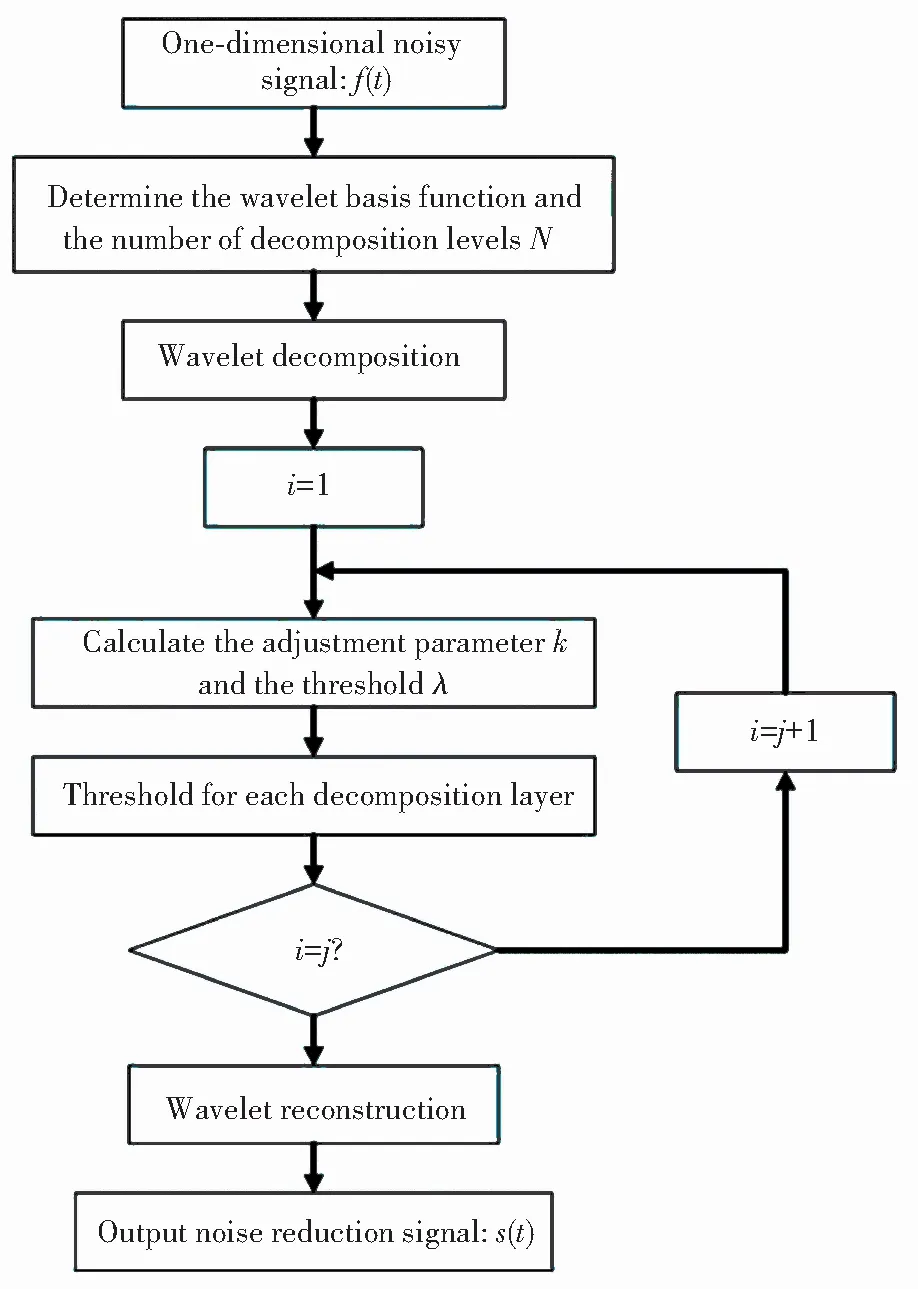
Fig.4 Continuous adaptive wavelet threshold denoising method
3 Simulation Analysis and Experimental Verification
In order to evaluate the denoising effect of continuous adaptive wavelet threshold denoising, firstly, this study simulate the signal through the widely recognized mathematical model of PD signals. At the same time, Gaussian white noise was added on the basis, and the continuous adaptive wavelet threshold denoising was used to denoise. The method performed noise reduction and compared it with the hard and soft threshold denoising methods widely used in PD signal denoising. Finally, the paper selects the signal-to-noise ratio (SNR) and root-mean-square error (RMSE) as the evaluation index of the denoising effect, defined as Eqs.(20) and (21). The higher the SNR of the signal after denoising, the smaller the RMSE of the standard signal, indicating that the closer the two values are, the better the denoising effect.
(20)
(21)
3.1 PD Signal Simulation and Analysis
First, 3 kinds of PD simulation signals were selected for simulation analysis. The 3 types of PD simulation signals are air gap discharge, surface metal contamination discharge, and metal protrusion discharge signals. Set the sampling frequency of the signal models to 10 MHz. Each model contains 10000 sampling points, and the interval of each sampling point is 0.1 μs. The original signal waveform is shown in Fig.5. After reading a large number of references, it is found that in reality, most of the PD white noise interference intensity is less than 2 dB. In order to verify the effectiveness of the algorithm, in this paper, Gaussian white noise with a SNR of 2 dB was added to the partial discharge signal, so that the original signal was completely annihilated in the white noise. Then MATLAB was used to randomly generate 200 groups of partial discharge signals of each type. The corresponding signal waveforms are shown in Fig.6.

(a)Surface metal contamination discharge

Fig.6 PD signal after adding noise
Next,denoising and comparison of simulation signals were carried out. In order to perform denoising analysis of PD signals more accurately, and to conduct better analysis and research on subsequent recognition results, the appropriate number of wavelet function and wavelet decomposition levels must be firstly determined before denoising analysis of PD signals. The choice of the wavelet basis function has a certain impact on the denoising effect. The greater the correlation between the wavelet function and the signal, the better the denoising effect after decomposition. Therefore, this paper compares the denoising effects of the 4 different wavelet functions on the air gap discharge signal, the number of layers is decomposed to locate 4 layers. Table 1 is the SNR value obtained after denoising the signal using different wavelet functions. It can be seen from the SNR value of the experiment in Table 1 that the SNR value obtained by the Db function after denoising is relatively large, so this paper chooses the Db wavelet function for wavelet decomposition.
At the same time, the number of decomposition layers of wavelet has a great impact on the denoising effect of wavelet. When the number of wavelet decomposition levels is too small, the denoising effect is generally not good. Therefore, this paper uses 3 decomposition layers as the starting decomposition layer to compare and determine the most optimal decomposition layer number. Table 2 shows the SNR value obtained after denoising the air gap discharge signal under different decomposition layer numbers. From the SNR value of the experiment in Table 2, it can be seen that the decomposition layer number is 4 layers after denoising and the SNR value is the largest, so the number of decomposition layers for denoising in this paper is determined to be 4 layers.

Table 1 Influence of different wavelet basis functions on noise reduction
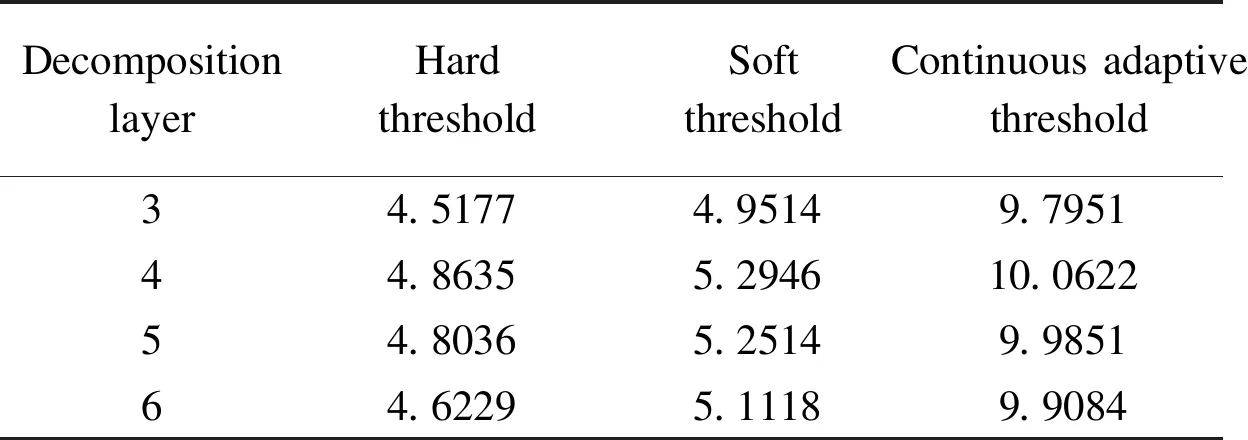
Table 2 Influence of different decomposition layers on noise reduction
Next, the hard threshold function, soft threshold function and the continuous adaptive threshold denoising were used to denoise the simulated signals after noise addition. The denoising results are shown in Figs.7, 8, 9, respectively.
Comparing the wavelet threshold denoising in Figs.7, 8, 9, the hard threshold function and soft threshold function denoising method do not remove enough signal noise. The signal after denoising the method proposed in this paper not only retains the original signal well, but also remove the noise more thoroughly, which can better reflect the characteristics of the PD signal.
Table 3 calculates the evaluation indicators of PD signal denoising by each method. No matter what the air gap discharge, surface metal contamination discharge and metal protrusion discharge is, the SNR and RMSE of the method in this paper are better than the traditional threshold denoising algorithm, and the proposed algorithm is more suitable for the denoising of PD signals.
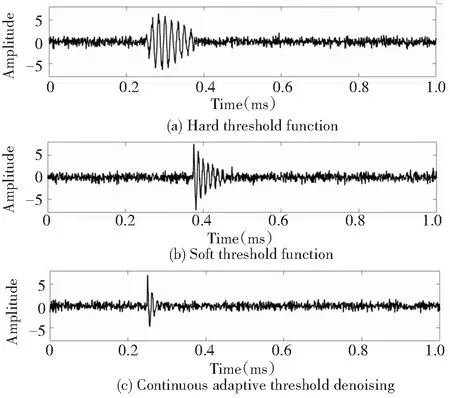
Fig.7 PD signal after hard threshold denoising
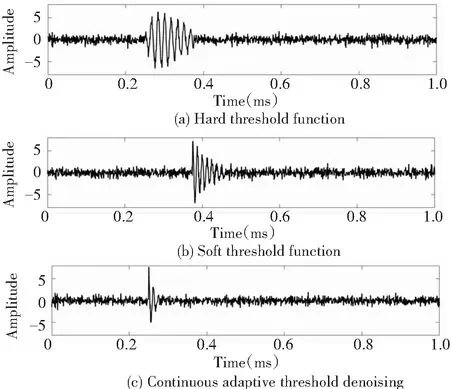
Fig.8 PD signal after soft threshold denoising
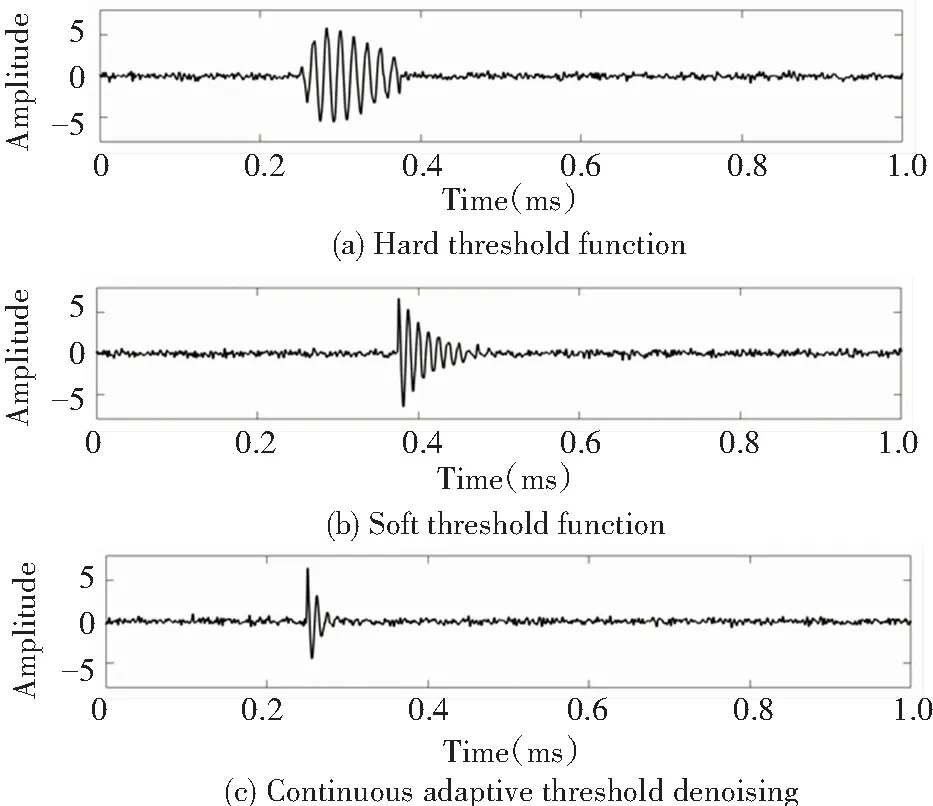
Fig.9 PD signal after continuous adaptive threshold denoising
At the same time, in order to verify the universal applicability ofthe continuous adaptive wavelet threshold denoising algorithm, the denoising effect under different working conditions were simulated, the air gap discharge signal was added to the white noise with SNR of 5 dB, 10 dB and 15 dB, respectively. Fig.10 compares the noise of different intensities to different denoising methods. Comparison result of the SNR value after denoising is shown in Fig.10.

Fig.10 Comparison of noise denoising with different intensities
It can be seen from Fig.10 that under different noise intensities, the SNR values of the PD signals after the continuous adaptive wavelet threshold denoising proposed in this paper are all greater than the values after denoising the hard and soft thresholds. It indicates that the continuous adaptive wavelet threshold denoising can be applied to PD under various working conditions, which proves the universality of the method in this paper.
3.2 PD Classification Results Analysis
To further verify the effectiveness of the noise reduction method in this paper, PNN was used to compare the effect of pattern recognition on the signals processed by different denoising methods. This paper extracts a total of 20 features of PD signals as the input features of PNN, which includes average value, effective value, peak value, crest factor, kurtosis, form factor, pulse factor, margin factor, average frequency, center of gravity frequency, frequency root mean square, frequency standard deviation, and sub-band wavelet energy ratio after 8 wavelet decomposition.
The characteristic parameters of the PD signals after denoising in the three methods were input into the PNN model for training and testing. Firstly, the signal feature vectors after different noise reduction methods were used as input, and 450 samples of surface metal pollution discharge, air gap discharge and metal protrusion discharge were selected and input into the network for training to build a pattern recognition model and classify and train until the best model parameters were found. Next, the 150 samples of test data was taken from three types of denoising to test the accuracy of PD pattern recognition for each type of samples. The comparison result is shown in Fig.11 and the recognition results are shown in Table 4. After adopting continuous adaptive threshold to denoising, the recognition accuracy of partial discharge signals has been improved to a certain extent. Therefore, it shows that the denoising method in this paper has practical value in the field of partial discharge pattern recognition.
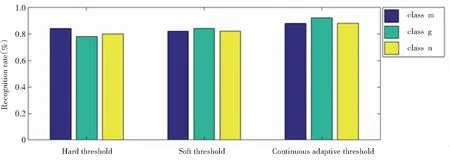
Fig.11 Comparison result

Table 3 Evaluation index of each method after denoising PD signal

Table 4 Identification accuracy comparison
3.3 Measured Signal Denoising Analysis
Acoustic emission sensor was used to measure a real PD signal. The signal contains a strong white noise signal, which is shown in Fig.12.

Fig.12 Measured PD signal with white noise
Using the hard threshold and soft threshold and the algorithm in this paper to reduce the noise of the measured PD signal, the denoising result is shown in Figs.13, 14, 15. It can be seen that the hard threshold denoising result has a lot of impulse noise remaining, and it is difficult to achieve the optimal denoising. The soft threshold denoising cannot effectively remove noise, not only the residual white noise but also the loss of the PD signal. The PD signal denoised by the continuous adaptive threshold denoising method retains better details, which can well remove the interference of white noise and restore the PD signal better.

Fig.13 Hard threshold denoising

Fig.14 Soft threshold denoising

Fig.15 Continuous adaptive threshold denoising
The measured PD signal cannot obtain a completely pure ideal PD signal, so denoising evaluation parameters such as SNR and RMSE are no longer suitable for the comparison of the effects of denoising methods here. This paper introduces the noise suppression ratio (NRR) to quantitatively evaluate the denoising effect. The larger the value of NRR, the better the denoising effect of the noise reduction method[24-25]. The specific definition of NRR is shown as follows:
(22)
In the equation,δ1andδ2are the standard deviations before and after signal noise reduction. After calculation, NRR=5.731 after denoising by wavelet hard threshold method, NRR=6.481 after denoising by wavelet soft threshold method and NRR=9.121 after denoising by the method in the paper, showing that the method can effectively remove the interference of white noise, so the method in this article has certain advantages in denoising.
4 Conclusions
In the PD signal processing of the switchgear, the denoising effect of the PD signal plays an important role in the feature extraction of the PD signal. The continuous adaptive threshold function constructed in this paper not only overcome the shortcomings of the traditional threshold function, but also adjust the parameters adaptively according to the signal characteristics of each wavelet decomposition layer, change the threshold function, and further improve the denoising effect. The denoising experiments of simulated and measured signals show that the continuous adaptive threshold denoising method is significantly better than the traditional hard threshold and soft threshold denoising methods. It can effectively retain fault information and reduce noise at the same time, and realize the separation of signal and noise. In addition, the continuous adaptive threshold denoising method can improve the pattern recognition rate of PD signals to a certain extent, and prove the effectiveness of the continuous adaptive wavelet threshold denoising method.
杂志排行
Journal of Harbin Institute of Technology(New Series)的其它文章
- Research on Deep Knowledge Tracking Incorporating Rich Features and Forgetting Behaviors
- Performance Analysis of Cross-Site Scripting Based on Natural Language Processing
- Contrast Enhancement Using Weighted Coupled Histogram Equalization with Laplace Transform
- Safety Analysis and Optimization on Ship-Borne Vehicle Mooring
- Optimization of Photovoltaic Reflector System for Indoor Energy Harvesting
- Analytical Modeling for Translating Statistical Changes to Circuit Variability by Ultra-Deep Submicron Digital Circuit Design
